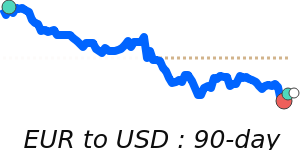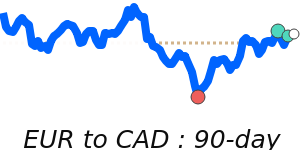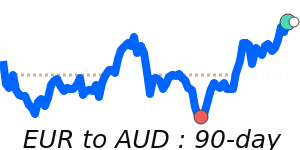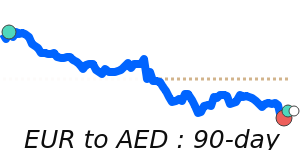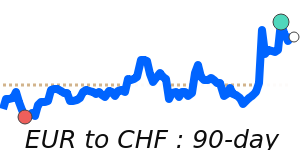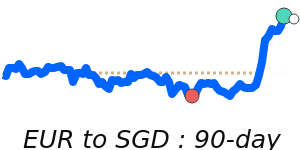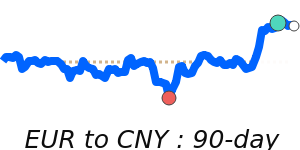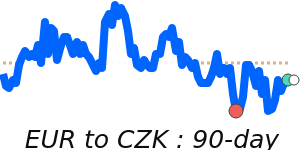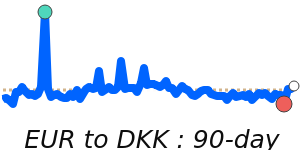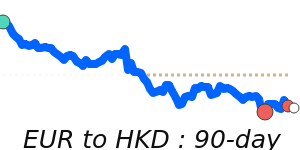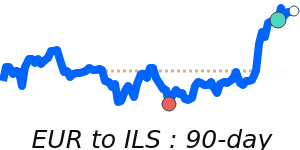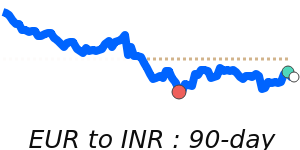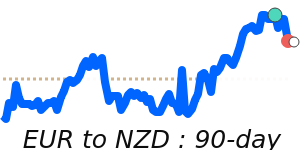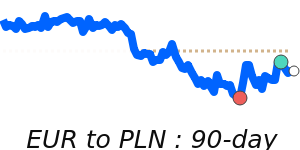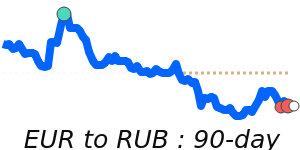The euro (EUR) has recently experienced some volatility, slipping against various currencies despite positive economic indicators, such as an upward revision to Eurozone GDP growth for the third quarter. Analysts suggest that this decline is partly driven by a risk-on market attitude and ongoing concerns surrounding geopolitical tensions, particularly regarding Russia. Furthermore, upcoming data on Germany's industrial production, with expectations of a 0.4% contraction, may further pressure the euro as investors await these results.
In recent developments, the European Central Bank (ECB) has reaffirmed its stance on exchange rates, confirming its commitment to allowing market forces to determine rates rather than intervening for competitive advantage. This statement aligns with the ECB’s broader strategy to manage inflation, which has seen slight upticks. Recent figures indicate that Eurozone inflation rose to 2.2% in November, surpassing previous expectations of a decline. ECB Chief Economist Philip Lane highlighted these "upside surprises" and suggests that stability around the 2% target may be maintained for the time being.
The euro's value is highly sensitive to macroeconomic indicators and ECB policies. As of the latest trading data, the EUR/USD exchange rate stands at 1.1642, remaining close to its three-month average in a steady range. Likewise, EUR/GBP is trading at 0.8736, while EUR/JPY is positioned at 181.4, reflecting slightly different dynamics influenced by local economic conditions.
Additionally, macroeconomic conditions—especially fluctuations in oil prices—continue to impact the euro's performance. Currently, the oil price (Brent Crude OIL/USD) is at 62.53, which is 3.2% below its three-month average. This volatility in oil prices could translate into further fluctuations in the euro, as energy supply disruptions due to geopolitical factors also weigh on Eurozone economic stability.
With a focus on the ECB’s monetary policy and upcoming economic data, the trajectory of the euro remains closely tied to these fundamental factors, as well as the geopolitical landscape and its influence on market sentiment. It is advisable for individuals and businesses engaging in international transactions to closely monitor these developments to optimize their currency exchange strategies.
